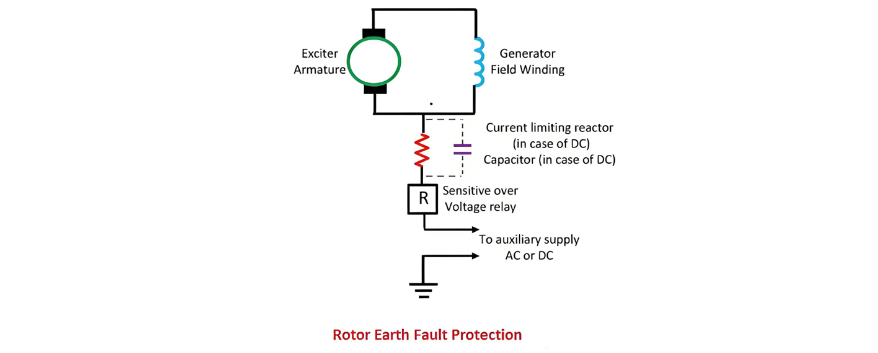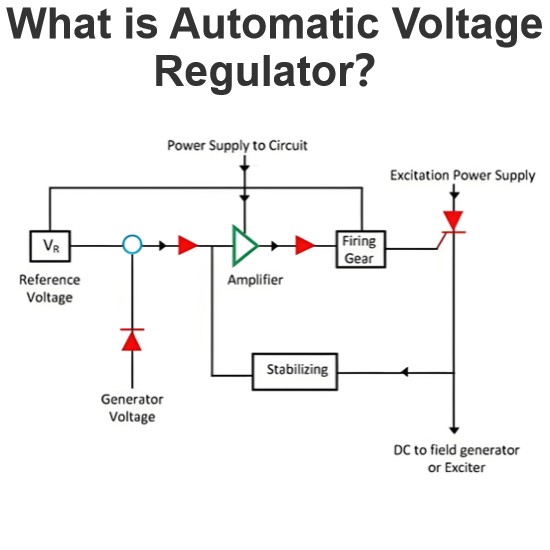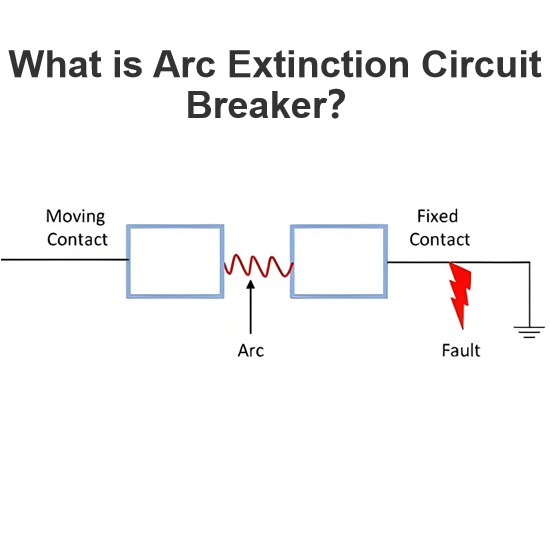Rotor Earth Fault Protection
Rotor Earth Fault Protection in Generators
The rotor of a generator is typically left unearthed, meaning it remains electrically isolated from the ground. As a result, a single insulation breakdown fault will not immediately cause a significant fault current to flow. Initially, such a single fault may not severely impact the rotor's operation. However, if the fault persists, it can gradually damage the generator's field winding, potentially leading to system failures and costly repairs. For this reason, especially in large generators, a rotor earth fault protection system is essential to safeguard the field winding.
When a single earth fault occurs in the rotor, it is not always necessary to immediately trip the entire system. Instead, the protective relay merely signals the presence of the fault, allowing operators to schedule the generator's removal from service at a convenient time for maintenance and repairs. Several methods are employed for rotor earth fault protection, and one of the most common approaches is described below.
Rotor Earth Fault Protection Using High Resistance
In this method, a high - resistance component is connected across the rotor's field winding. The midpoint of this resistor is then grounded via a sensitive relay. When an earth fault occurs in the rotor circuit, the resulting electrical imbalance is detected by the relay. Upon identifying the fault, the relay sends a tripping command to the circuit breaker, initiating the process of isolating the faulty component.
However, this system has a significant drawback. It can effectively detect faults across most of the rotor circuit, but it struggles to identify faults precisely at the rotor's center point. To address this limitation, the tap on the resistor can be shifted from the center to another position. By doing so, the system's sensitivity is reconfigured, enabling the relay to detect faults even at the midpoint of the rotor, thereby enhancing the overall effectiveness of the protection mechanism.

AC and DC Injection Methods for Rotor Earth Fault Protection
AC Injection Method
The AC injection method for rotor earth fault protection involves injecting alternating current into the field winding circuit and the ground. This setup incorporates a sensitive overvoltage relay and a current - limiting capacitor. When a single earth fault occurs in the rotor, it creates a closed circuit that includes the alternating current source, the sensitive relay, and the point of the earth fault. As a result, the relay is able to detect the presence of the earth fault by sensing the electrical changes within this newly formed circuit.
However, this method has several significant drawbacks. One major issue is the leakage current that passes through the capacitor. This leakage current disrupts the magnetic field balance, leading to increased stress on the magnetic bearings of the generator. Additionally, the alternating current presents another challenge: the relay may fail to respond to the normal current that flows through the capacitance to the ground. This means that special precautions must be taken to prevent resonance from occurring between the capacitance and the inductance of the relay. Resonance can cause abnormal electrical conditions, potentially leading to false - positives or false - negatives in fault detection, and can even damage the relay or other components within the protection system.

DC Injection Method: A Solution to AC Injection System Challenges
The limitations inherent in the AC injection system for rotor earth fault protection can be effectively addressed through the use of the DC injection method. This alternative approach stands out for its simplicity and the absence of leakage current issues, which are major drawbacks of the AC - based system.
In the DC injection method, the circuit configuration is straightforward. One terminal of the sensitive relay is connected to the exciter, while the other terminal is linked to the negative terminal of a DC power source. The positive terminal of this DC source is grounded. This setup creates a clear electrical path for fault detection. When an earth fault occurs in the rotor, it closes the circuit, allowing the fault current to flow through the established path. The sensitive relay, which is part of this circuit, promptly detects the presence of the fault current, triggering an alert or protective action. By eliminating the complexities associated with leakage currents and resonance concerns that plague the AC injection system, the DC injection method offers a more reliable and efficient solution for rotor earth fault protection.
The Electricity Encyclopedia is dedicated to accelerating the dissemination and application of electricity knowledge and adding impetus to the development and innovation of the electricity industry.













